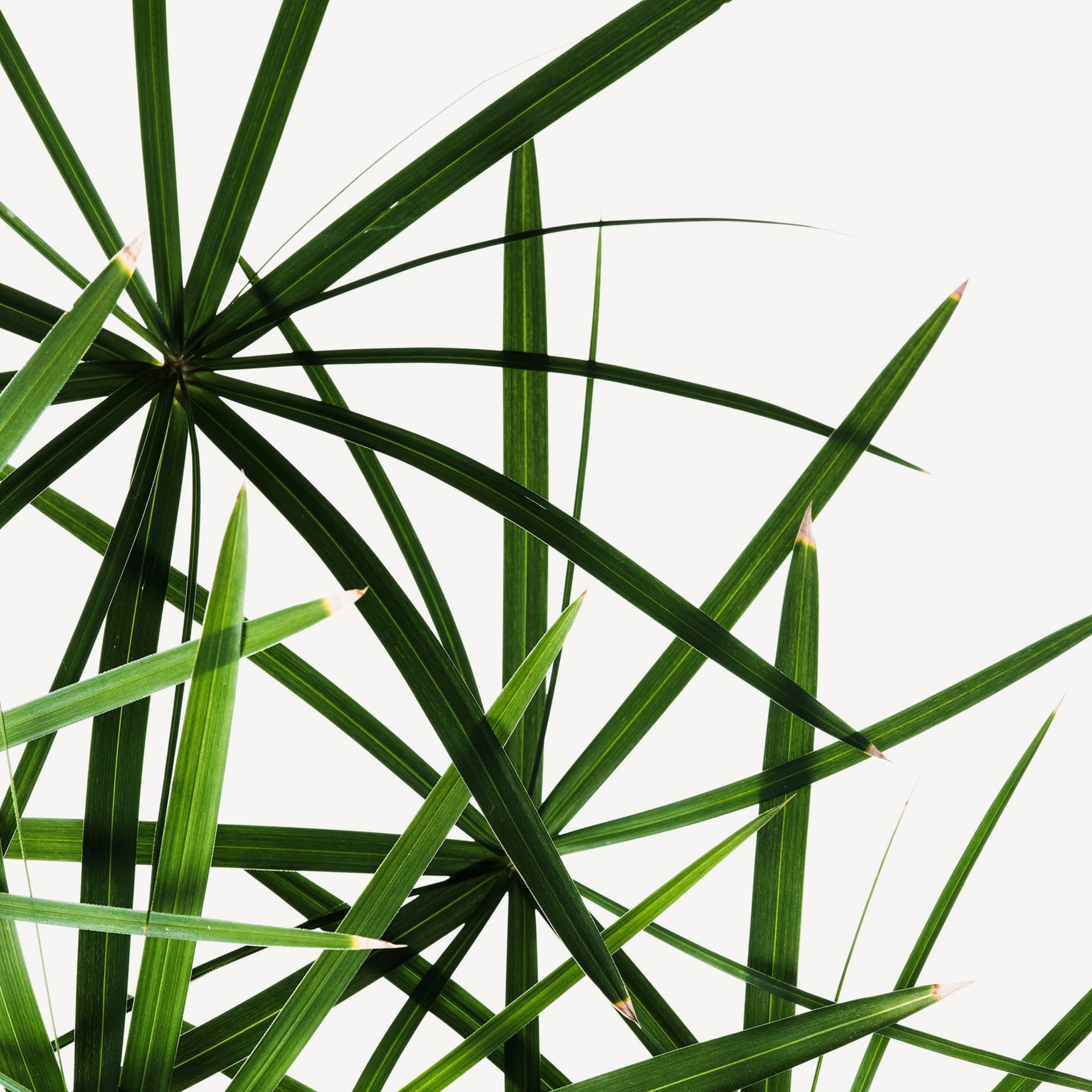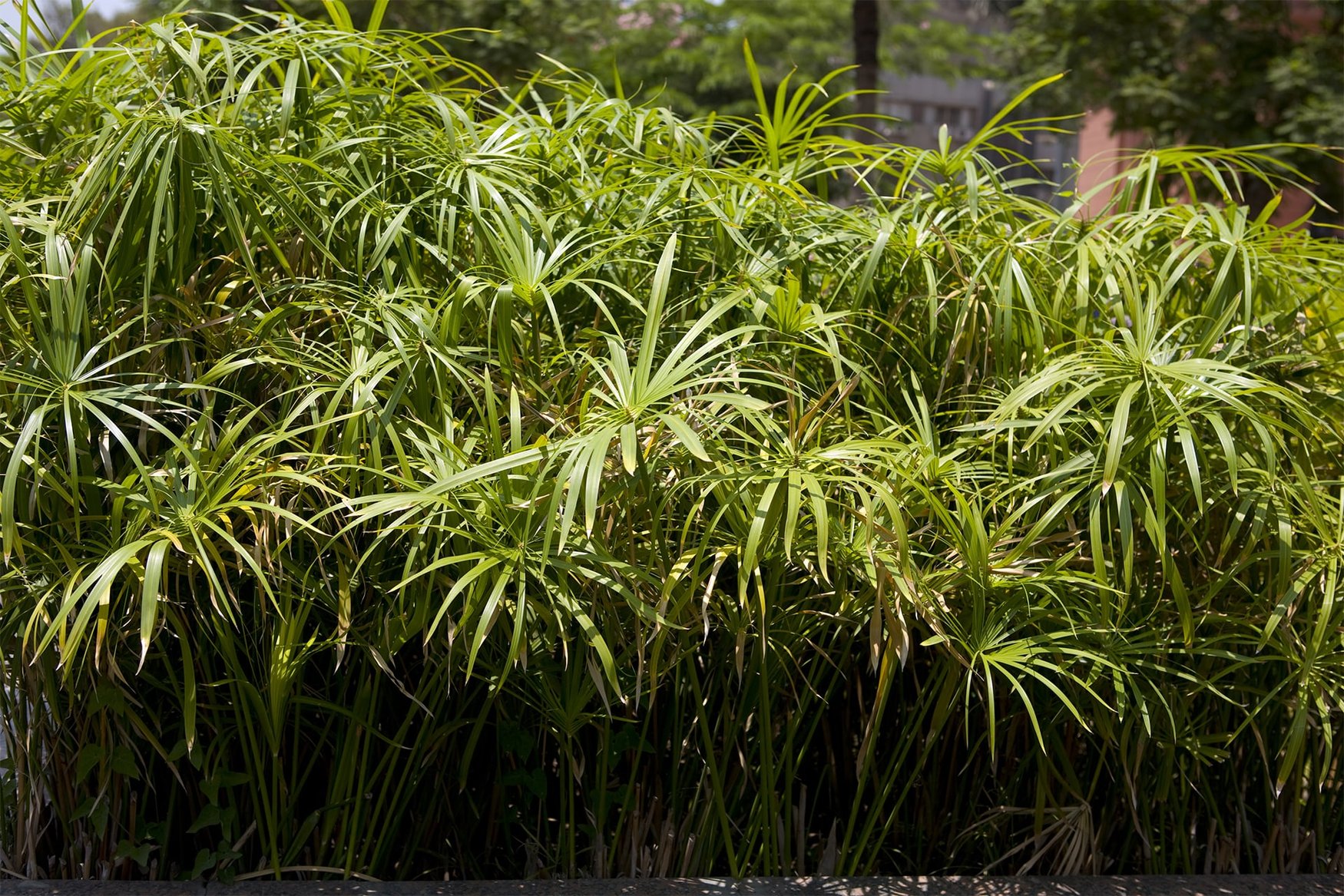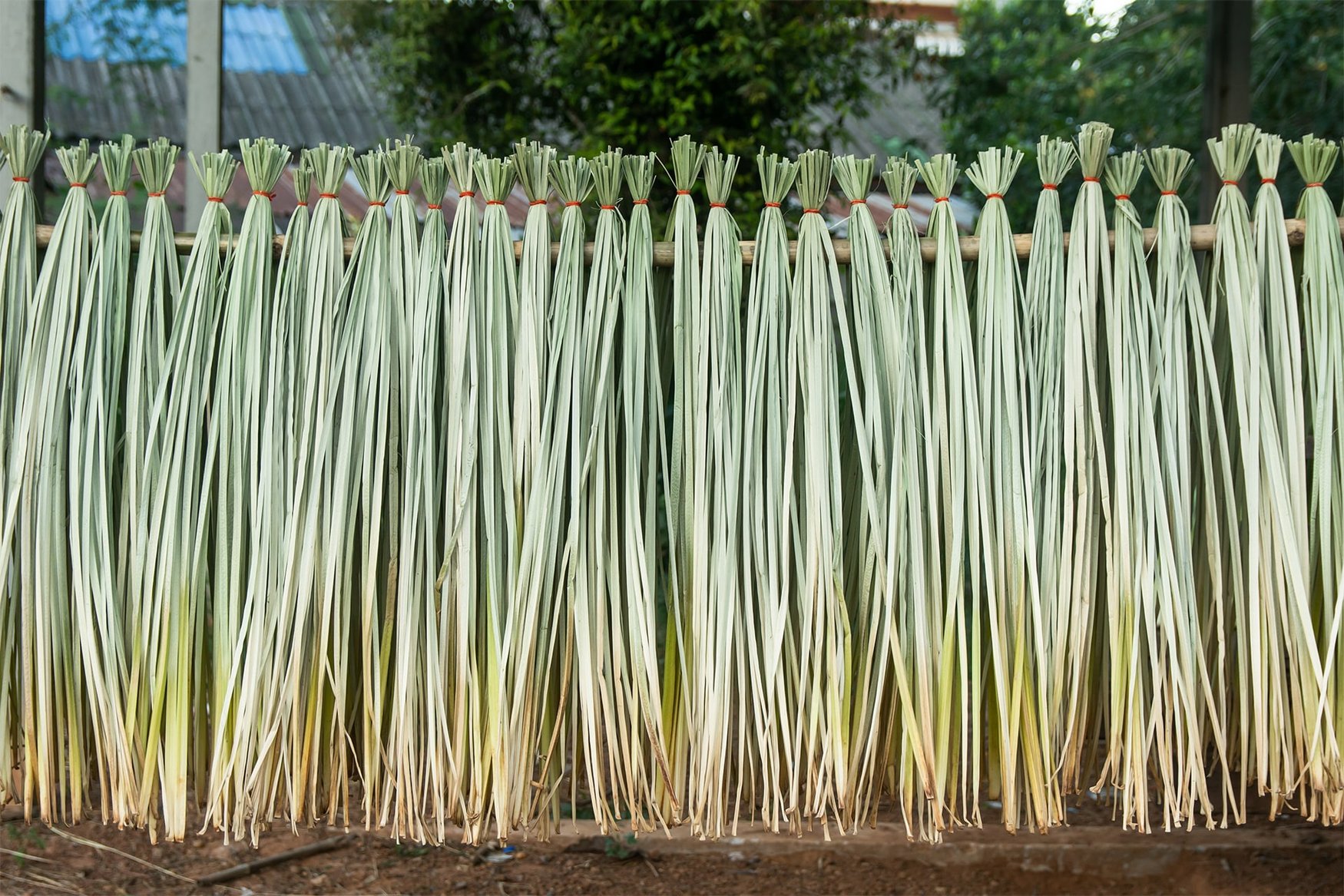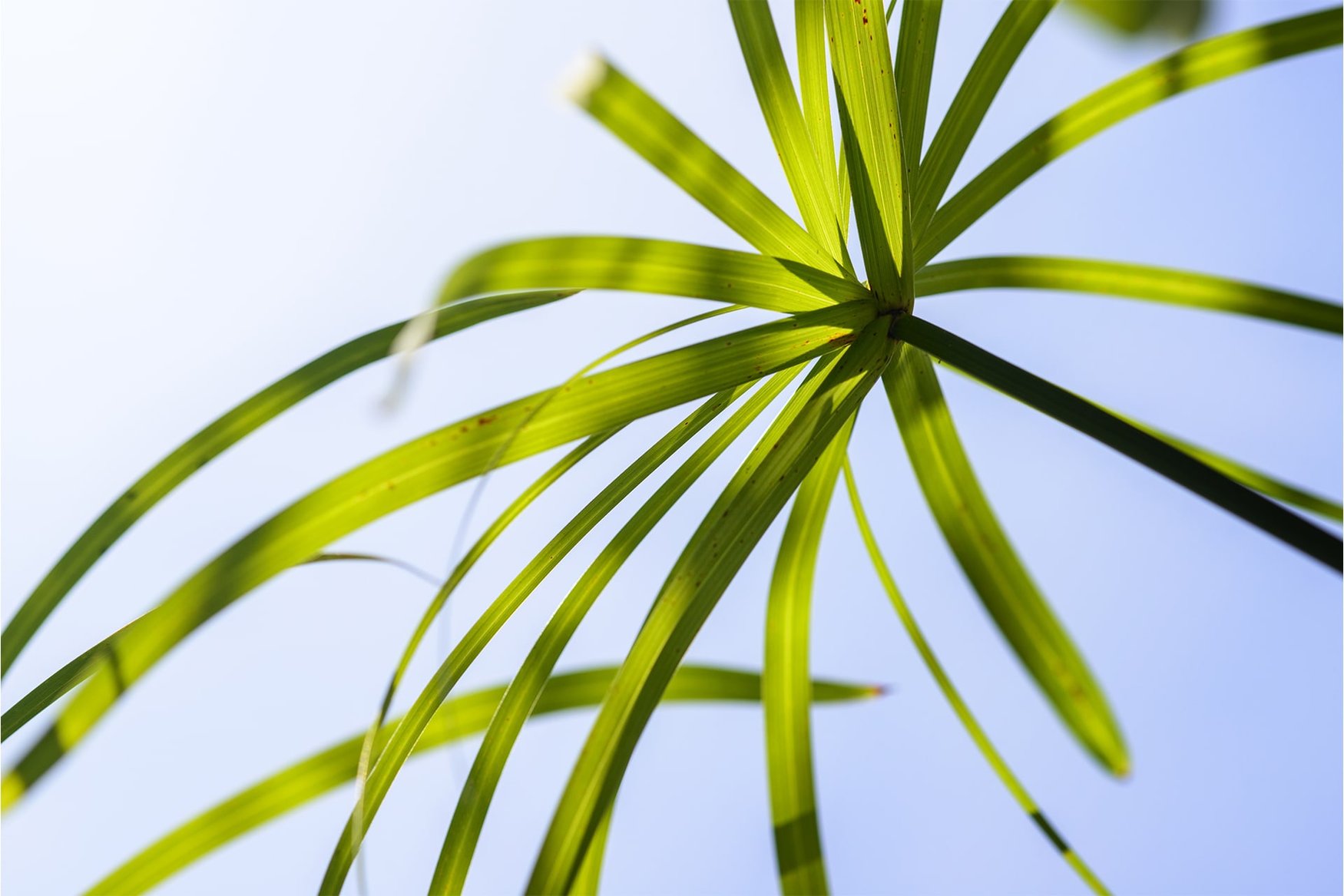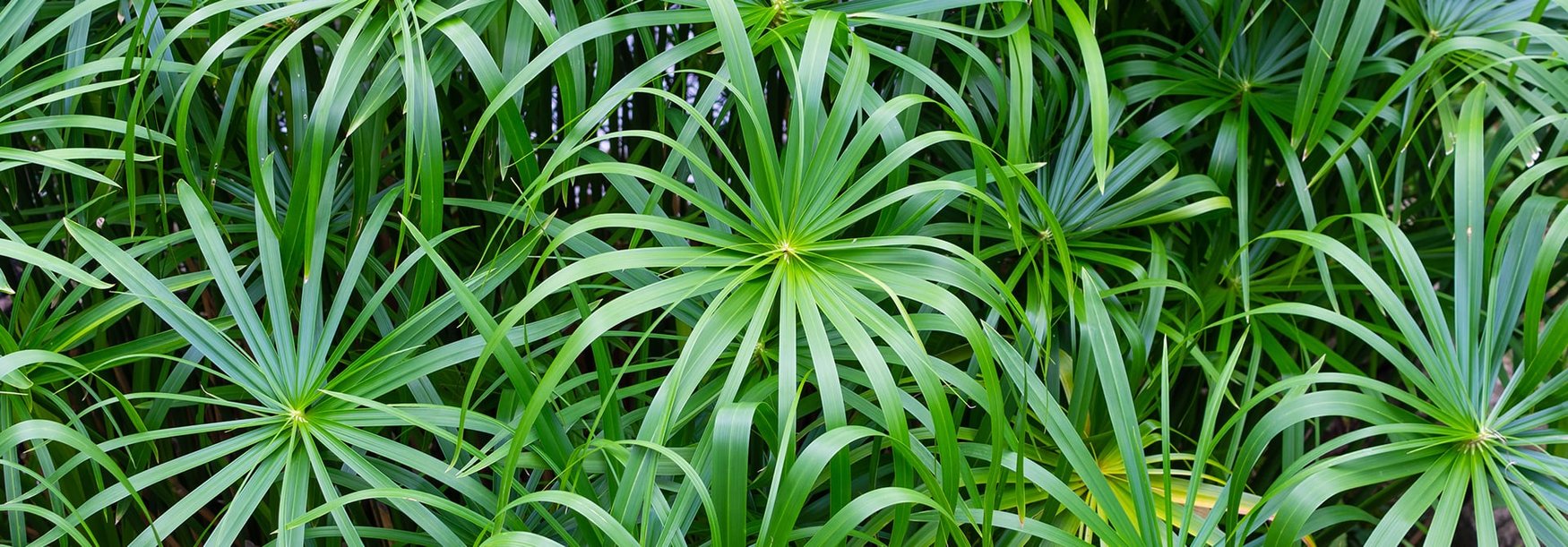Cypriol / Nagarmota
Woody, earthy, leathery, smoky, ambery.
A scent that knows how to linger, cypriol unravels slowly, revealing all of its dynamic facets: from a distinctly woody fragrance through to its more leathery, smoky nuances—not dissimilar to ambery or animalic notes that recall something similar to oud. A colorless ingredient, cypriol blends seamlessly in traditional compositions, reinventing the likes of crystal-clear, modern Chypres.
Data sheet
- Type
- Extraction Method
- Used parts
- Natural raw material
- Steam distillation
- Rhizomes
